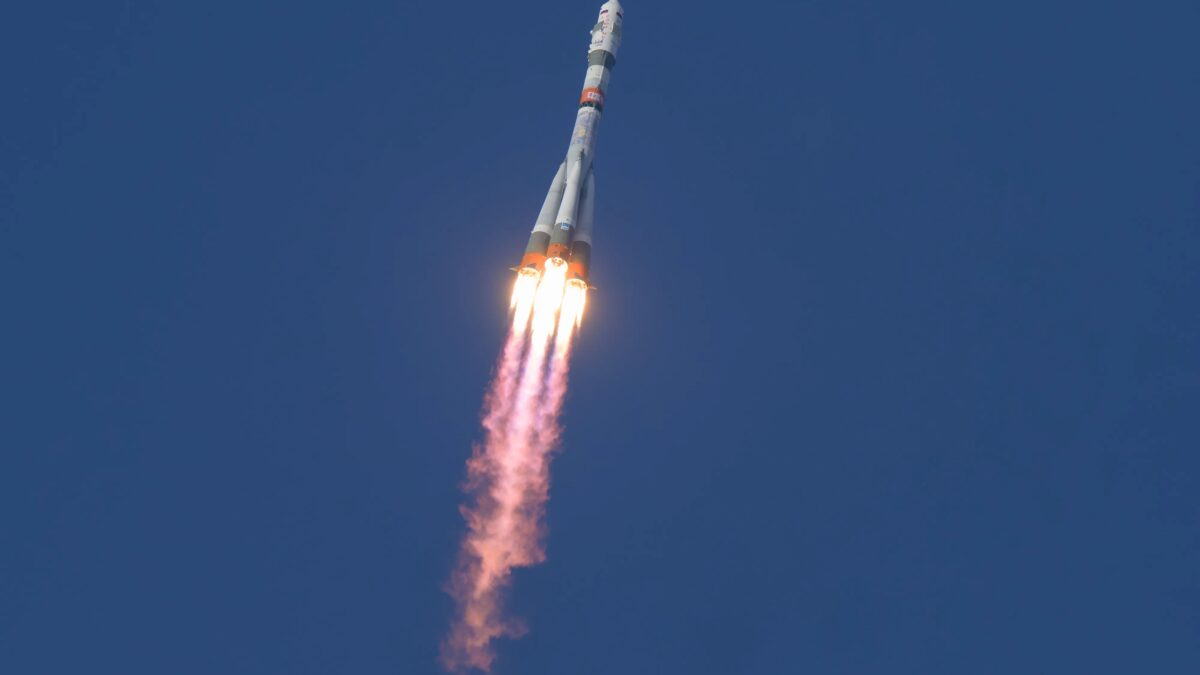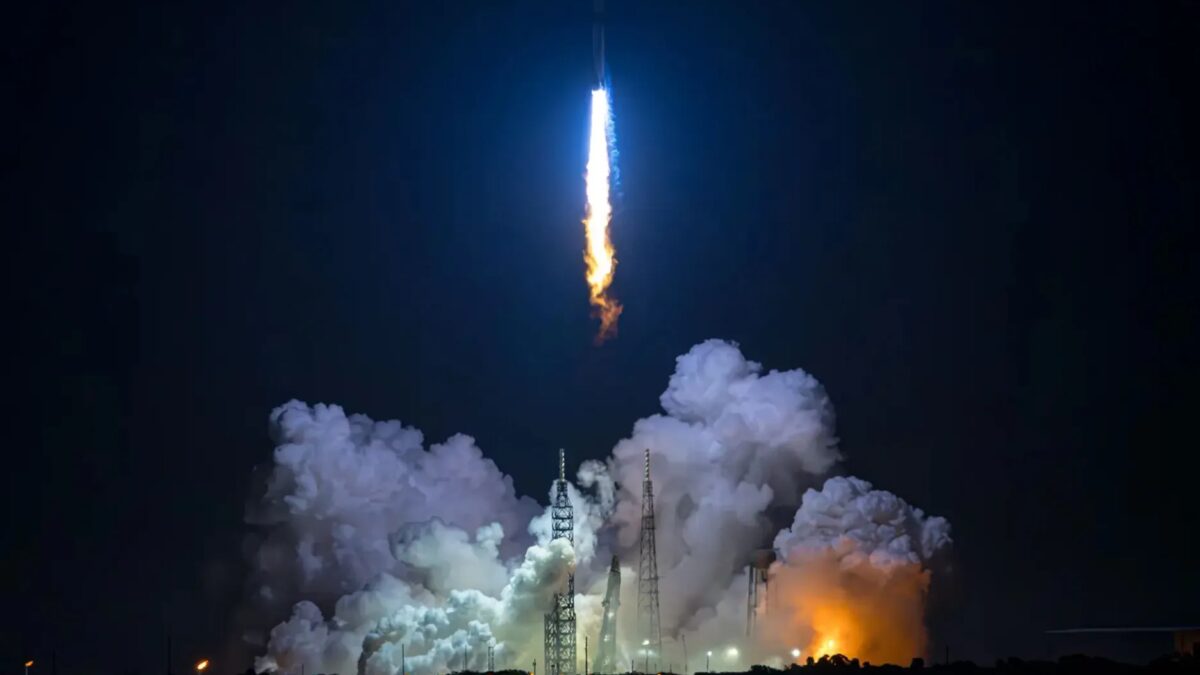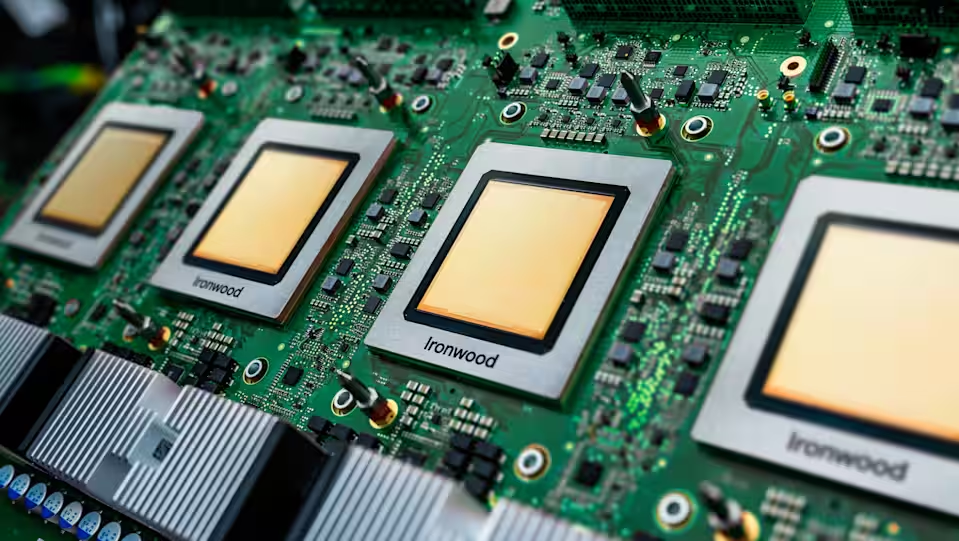NASA and SpaceX launch IMAP mission and satellites to study space weather
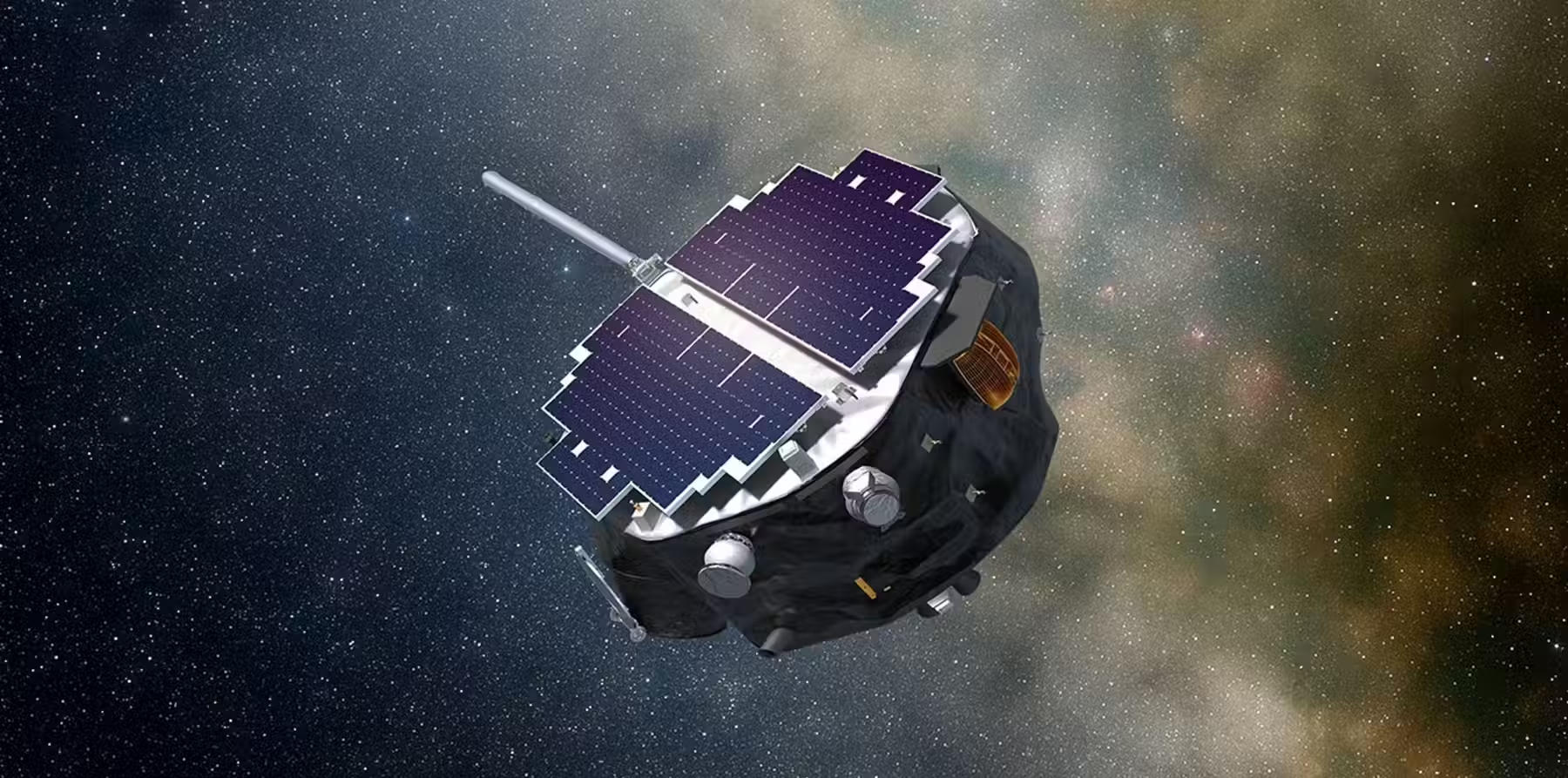
A Falcon 9 rocket carrying three science vehicles: the IMAP probe, NOAA’s SWFO-L1 satellite and the Carruthers Geocorona Observatory is scheduled to launch Sept. 24 from pad LC-39A at Kennedy Space Center in Florida. All of them will head for the Lagrangian point L1, located 1.5 million kilometers from Earth between our planet and the sun.
All of them will be headed to the Lagrangian point L1, located 1.5 million kilometers between our planet and the sun.
Launch Details
The launch is scheduled for 7:30 a.m. Eastern Time (11:30 UTC). The weather forecast is 85% favorable, with the main constraint due to the cumulus cloud rule. The rocket uses the Falcon 9 B1096 booster, which is on its second flight. After the first stage separates, it is scheduled to land on the Just Read the Instructions floating platform in the Atlantic.
This mission will be the 121st Falcon 9 launch in 2025 and the 539th in the carrier’s history. Globally, it will be the 220th attempt to put the vehicle into orbit this year.
The mission will be the Falcon 9’s 121st launch in 2025 and the 539th in the carrier’s history.

IMAP: map of solar system boundaries
The main payload — the IMAP (Interstellar Mapping and Acceleration Probe) probe, built by Princeton University and the Johns Hopkins Applied Physics Laboratory. It continues NASA’s Solar Terrestrial Probes program and will orbit L1 for 3 to 5 years.
- to clarify the properties of the local interstellar medium;
- study the interaction of the solar wind and magnetic fields at the heliospheric boundaries;
- study particle acceleration processes;
- create a three-dimensional map of the Sun’s interaction with interstellar space.
The 900 kg apparatus is equipped with ten scientific instruments: from neutral atom detectors (IMAP-Lo, Hi, Ultra) to a magnetometer, spectrometers and a dust analyzer.
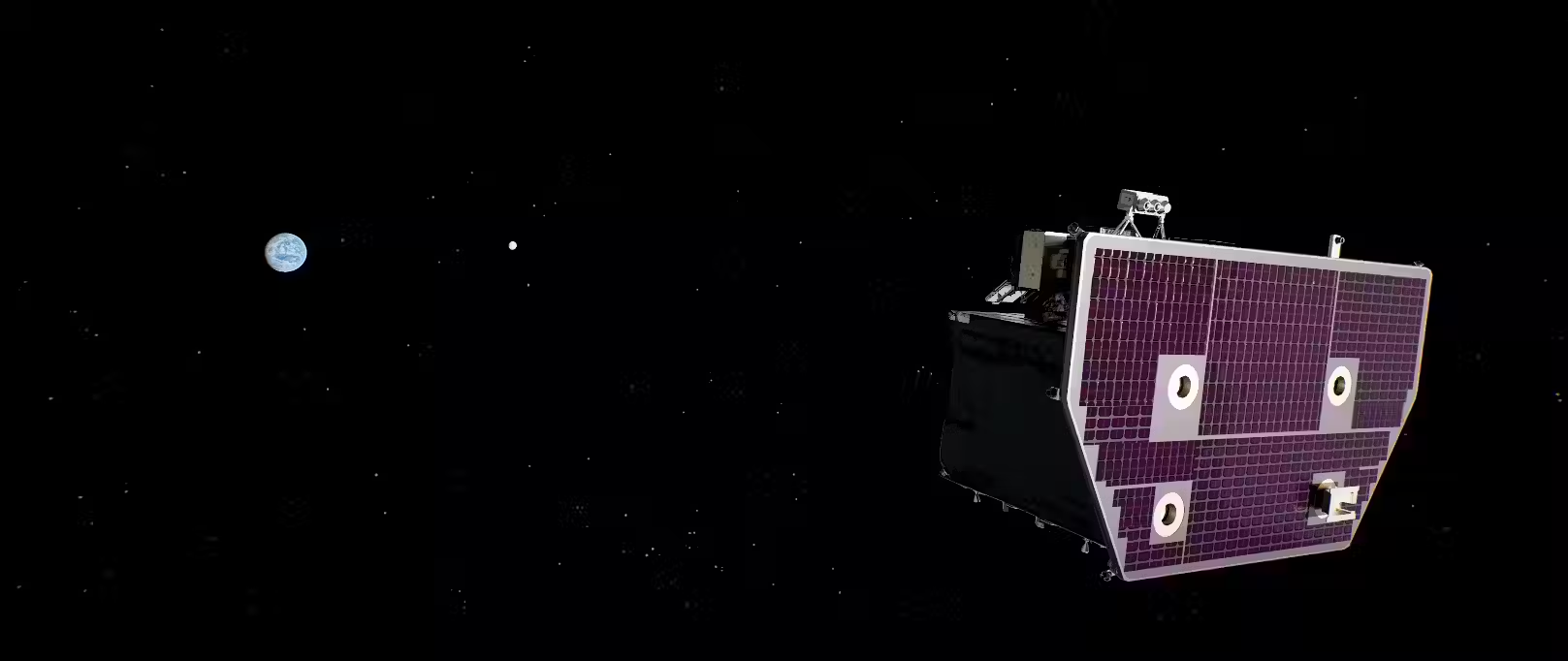
SWFO-L1: monitoring solar activity
NOAA is launching the SWFO-L1 (Space Weather Follow-On) satellite. Its mission is — continuous monitoring of solar activity and warning of solar storms. Once in orbit, it will be named SOLAR-1.
Four instruments are on board: a plasma analyzer, a high-energy ion detector, a magnetometer and a compact coronograph. These instruments will be able to track the solar wind and coronal structure in real time.
Carruthers Geocorona Observatory: studying the «halo» Earth
The third vehicle on the mission will be the Carruthers Geocorona Observatory, a joint development between NASA and the University of Illinois. It will study the geocorona — the dim ultraviolet glow of the Earth’s outer atmosphere.
The 241-kilogram observatory is equipped with two ultraviolet cameras: a wide-angle camera and a narrow-angle camera. They will record how the geocorona responds to space weather and where its sources come from. An additional student instrument, COSSMo, will measure the Sun’s brightness in the ultraviolet and X-ray bands.




